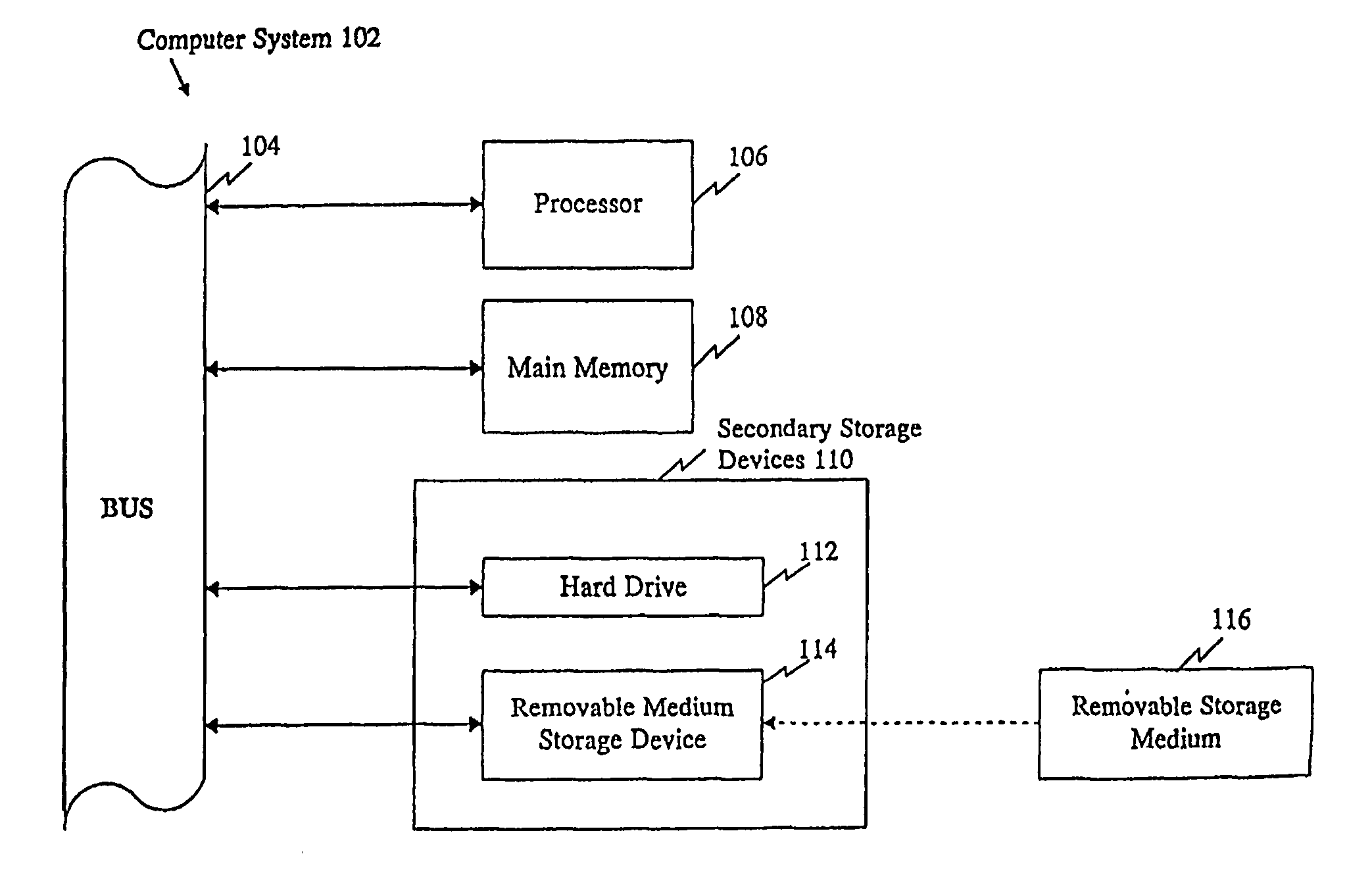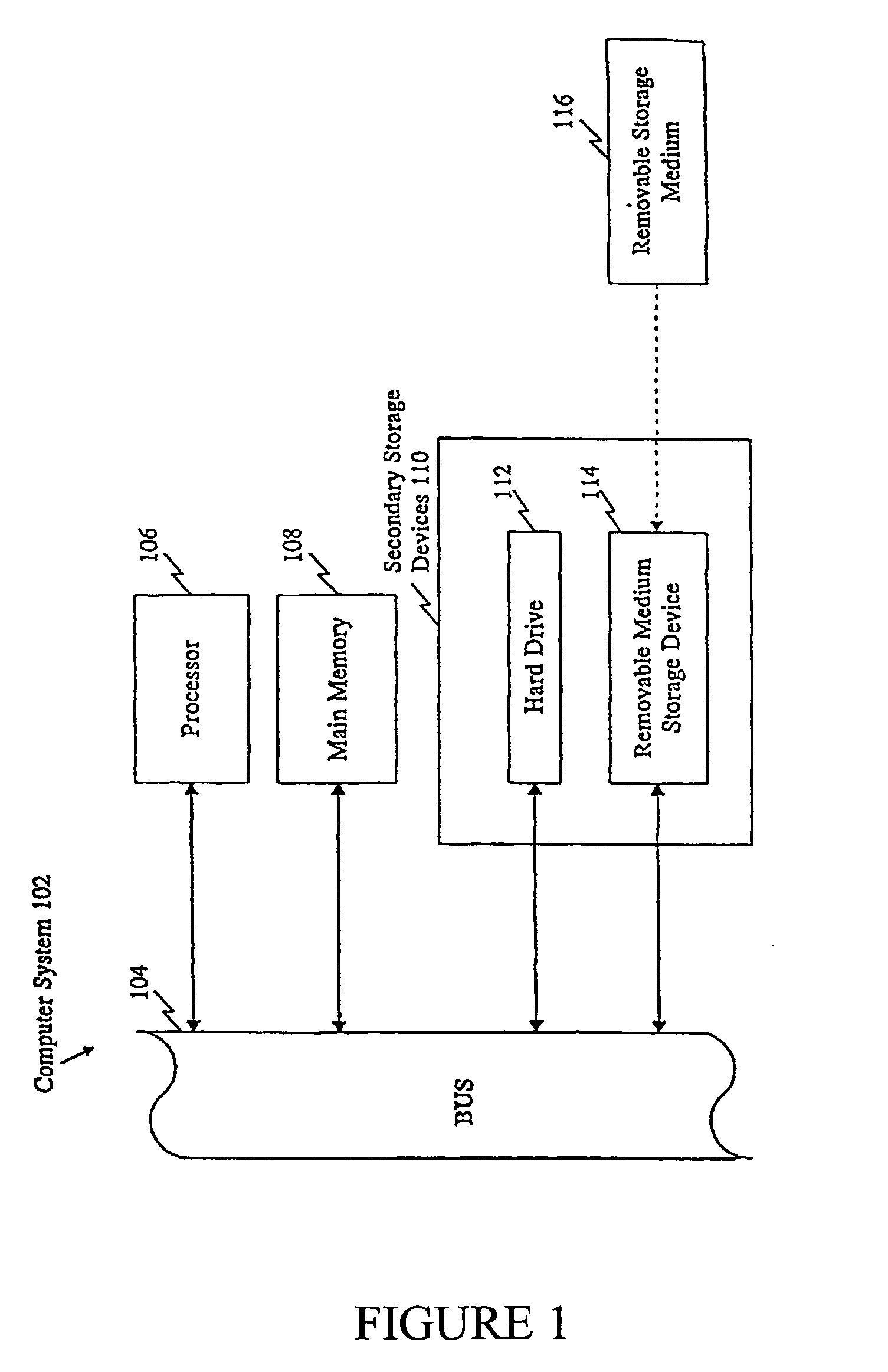Polymorphisms in known genes associated with type II diabetes and obesity, methods of detection and uses thereof
a polymorphism technology, applied in the field of type ii diabetes and obesity diagnosis and treatment, can solve the problems of insufficient insulin activation of glucose uptake, oxidation, and muscle storage, and the total direct and indirect cost of diabetes is approximately $98 billion, and achieves a high degree of sequence similarity
- Summary
- Abstract
- Description
- Claims
- Application Information
AI Technical Summary
Benefits of technology
Problems solved by technology
Method used
Image
Examples
Embodiment Construction
[0076] General Description
[0077] The shotgun sequencing method was used to sequence and assemble the human genome. During the sequencing phase, DNA samples from six individuals of various racial backgrounds (Caucasian, Hispanic, Chinese, and Negro) were sequenced to various extents and the sequence fragments were assembled to obtain an assembled consensus genomic sequence for human. Since DNA was sampled from six individuals, and each individual represents two sets of chromosomes, in addition to the consensus, genetic variation was found in the assemblies. These variations were subjected to rigorous analytical selection to lead to the identification of sequence variations that represent SNPs between the individuals whose DNA was sequenced.
[0078] The genomic assembly and identified sequence variation was then compared to publicly known genes involved in type II diabetes and obesity. Regions of the assemblies that represented the corresponding gene were selected and the variations a...
PUM
 Login to view more
Login to view more Abstract
Description
Claims
Application Information
 Login to view more
Login to view more - R&D Engineer
- R&D Manager
- IP Professional
- Industry Leading Data Capabilities
- Powerful AI technology
- Patent DNA Extraction
Browse by: Latest US Patents, China's latest patents, Technical Efficacy Thesaurus, Application Domain, Technology Topic.
© 2024 PatSnap. All rights reserved.Legal|Privacy policy|Modern Slavery Act Transparency Statement|Sitemap


